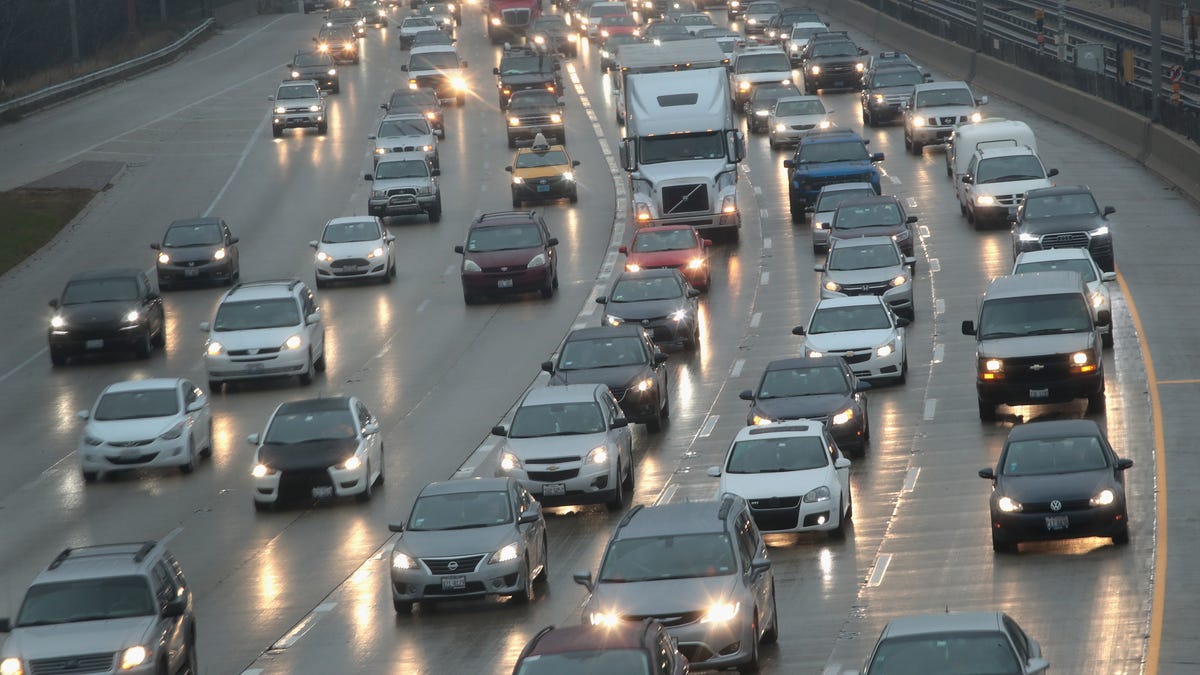No surprises: Variable speed limits can improve work-zone congestion
Knowledge is power, y'all.

As it turns out, knowing what's ahead of you on the road can prevent you from slamming into other cars. Weird.
According to a new study published in the Journal of Transportation Safety and Security, researchers from the University of Missouri found that variable speed limits in work zones can improve congestion, reduce the number of collisions and generally improve safety throughout.
So long as people are actually paying attention, variable speed limits can go a long way in reducing the frustration that comes with passing through a work zone.
It should be noted that "variable speed limits" doesn't just refer to lowering the speed limit in work zones. It refers to the use of signs, like in the picture above, that can alter speed limits well ahead of work zones or spots of congestion. It allows for a more gradual reduction of speed limits.
Data collected during the study shows good things come from variable speed limits. It decreased queue length by up to 53 percent, while travel times increased by just 4 to 8 percent. There were 20 percent fewer lane-change "conflicts," and the chance of rear-end collisions dropped by about 30 percent.
"Where there is queueing, if drivers are not aware of the queue downstream, they don't have enough time to hit the brakes to slow down or stop, thus, increasing the likelihood of a crash," said Praveen Edara, an associate professor of engineering at Mizzou, in a statement. "Instead of posting a message asking them to slow down, the VASL system posts an advisory speed limit based on the actual downstream traffic speed, so drivers would know that if they're driving 50 mph, they should slow to 30 mph downstream."
I found signs like these all over Germany when I was there two weeks ago, and it seemed that drivers took them very seriously. It seemed like work-zone navigation was much smoother. I've also seen these signs pop up during new construction in Chicago and a couple other places in the US, as well, but I have yet to experience them in action. But looking at the data, perhaps more cities should be installing these systems.

